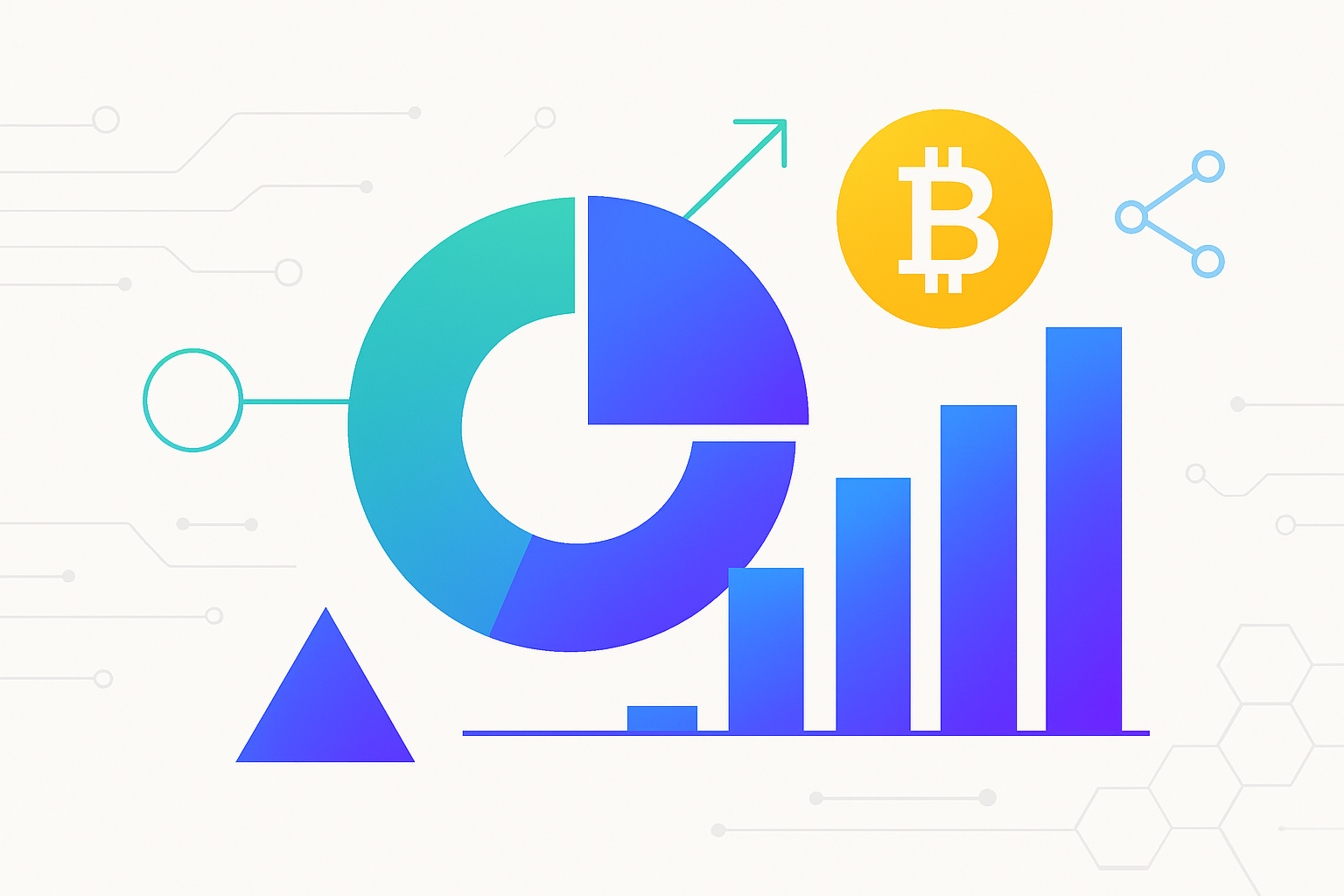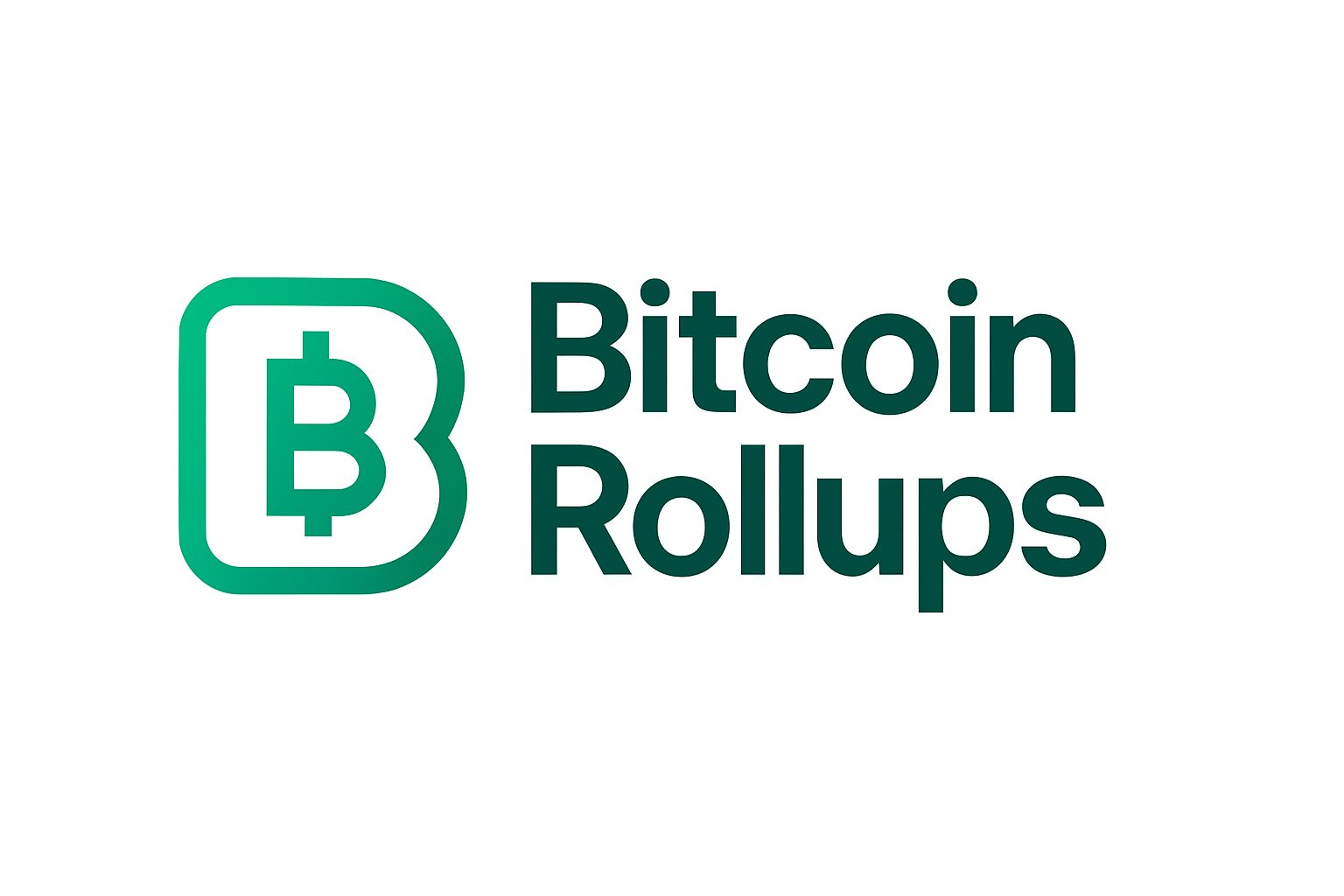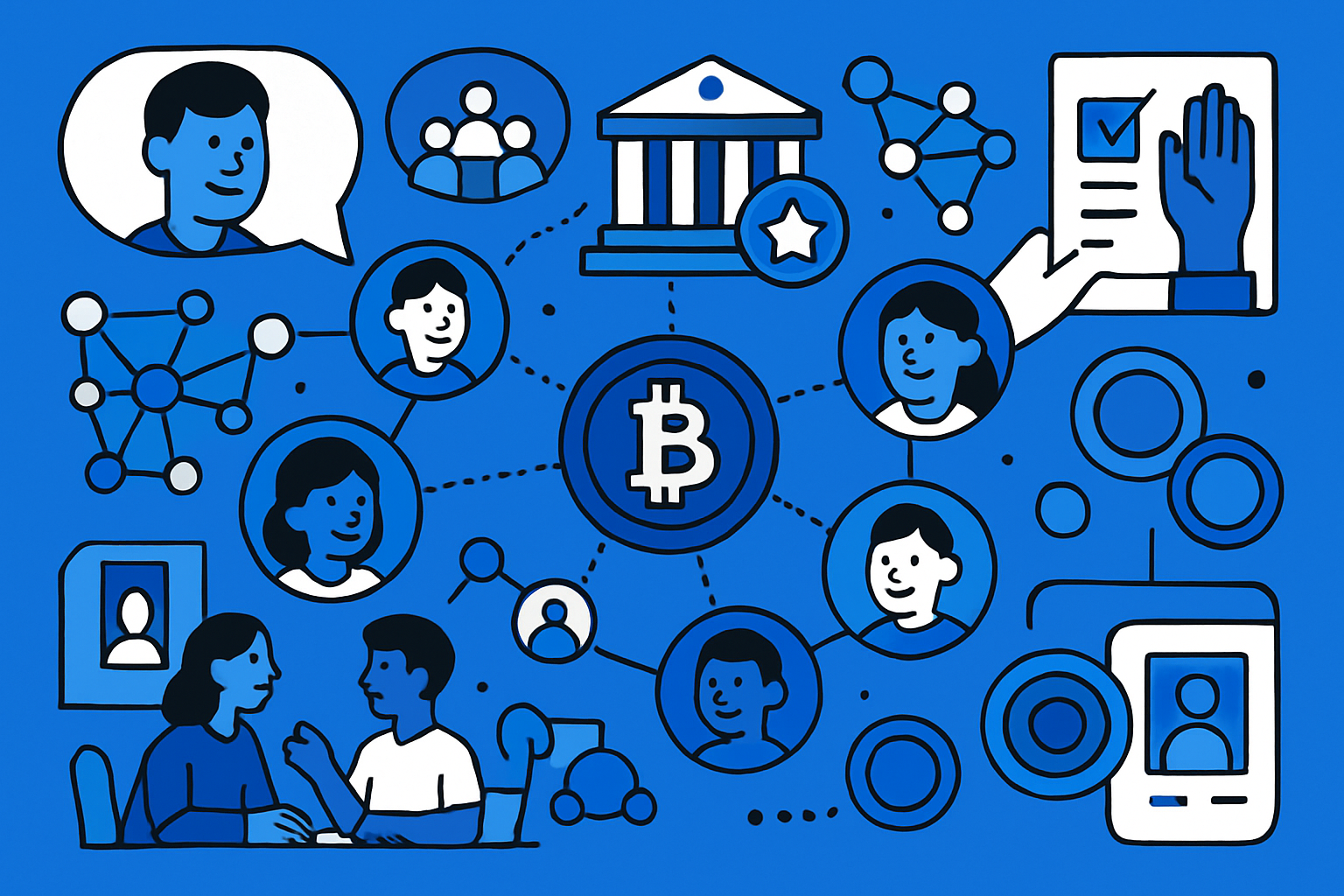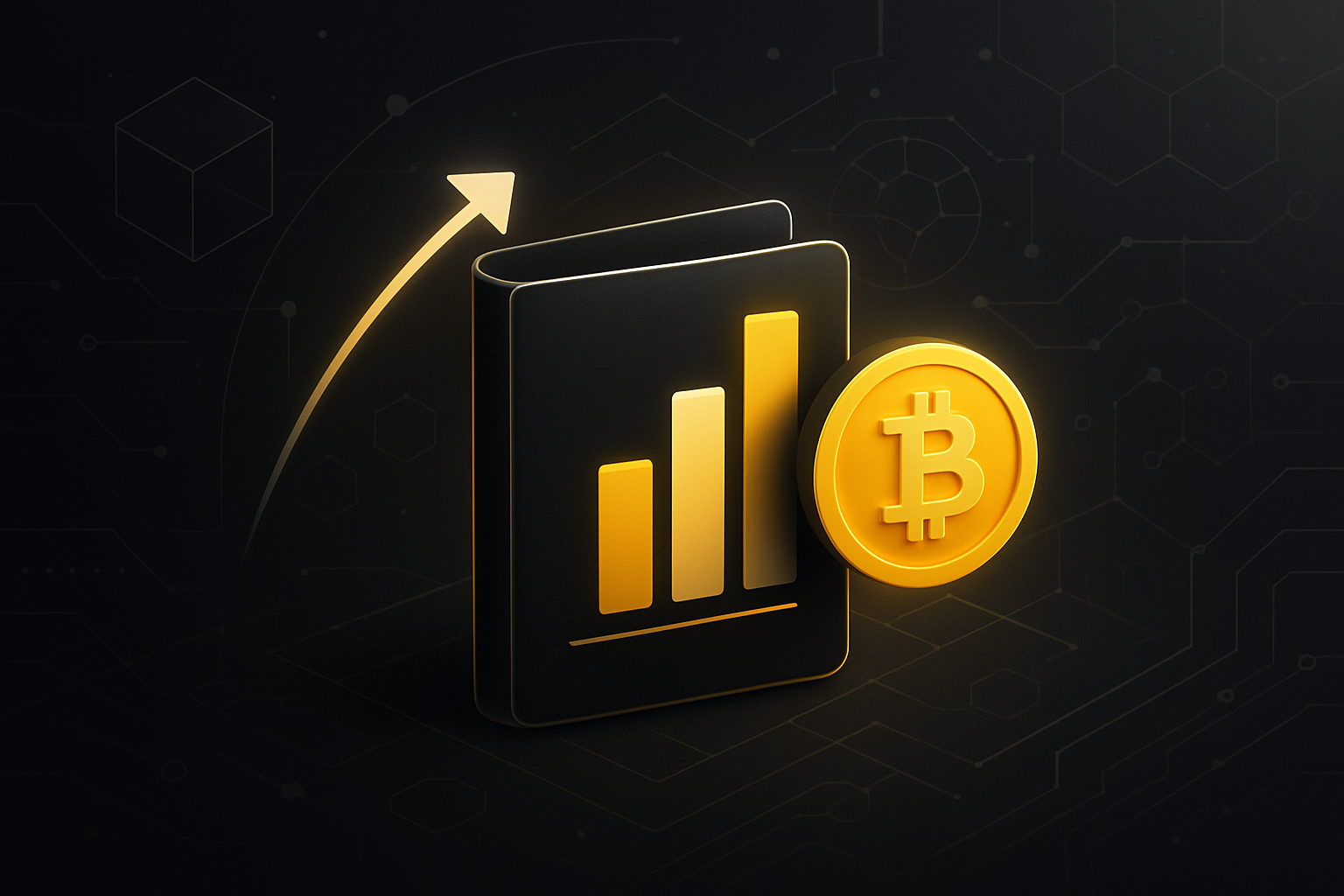
Bitcoin’s landscape is evolving at warp speed, and as of today, BTC is trading at $89,415.00 – a price that underscores both its maturity and the urgent need for scalable, yield-generating infrastructure. Enter the era of Bitcoin-native zkRollups, with GOATRollup leading the charge. This new breed of Layer 2 protocols is rewriting what’s possible for sustainable Bitcoin yield, all without the inflationary pitfalls that have plagued DeFi on other chains.
Why Sustainable BTC Yield Matters in 2025
For years, earning yield on Bitcoin meant either trusting centralized platforms (think CeFi lenders) or relying on wrapped tokens and inflationary rewards. The result? Risky custodianships and token dilution. But with GOATRollup’s zkRollup architecture, native BTC finally becomes a productive asset, not by inflating supply but by harnessing real protocol revenue streams like gas fees and MEV (Miner Extractable Value).
This shift isn’t just technical; it’s philosophical. As more capital floods into Bitcoin at these elevated prices, investors are demanding ways to put their coins to work without compromising on decentralization or security. Sustainable BTCFi is no longer a pipe dream, it’s being built live on mainnet.
How GOATRollup Harnesses Zero-Knowledge Proofs for Real Yield
GOATRollup leverages zero-knowledge proofs to batch transactions off-chain while maintaining Bitcoin’s core security guarantees. Here’s the magic: users can lock up native BTC onto GOAT via trust-minimized bridges (powered by BitVM2), then participate in a suite of DeFi products, all without ever leaving the Bitcoin economic zone or exposing themselves to wrapped-token risk.
- Decentralized Sequencers: A rotating network processes transactions transparently, eliminating single points of failure.
- Batched Settlement: Transactions are rolled up into succinct proofs anchored directly to Bitcoin L1.
- BTC-Denominated Fees: All transaction costs are paid in BTC itself, not an inflationary side-token.
The result? Users earn actual sustainable yield, paid out from sequencer rewards and real network activity rather than from token emissions that debase value over time. For a deep dive into how this works under the hood, check out this explainer on GOATRollup’s BitVM2 and zkRollups design.
The New Playbook: Native Yield Products Without Inflation
Let’s break down some of GOAT Network’s flagship offerings:
- GOAT Safebox: Non-custodial vaults where users lock BTC via timelock contracts for a guaranteed 2% APY, all rewards sourced from sequencer revenue, not printed tokens.
- BTCB/DOGEB Vaults: On BNB Chain, these vaults offer up to 5% APY with deposits backed by real gas fee flows and sequencer rewards.
- Sequencer PoS Staking: Users stake BTC (or bridged assets like BTCB/DOGEB) to secure decentralized sequencers and earn yields up to 10%, driven by protocol usage rather than dilution.
- Lending Markets via Avalon Finance: Borrow against your staked or deposited BTC with flexible terms while continuing to earn underlying yield streams.
This modular approach is drawing in both seasoned DeFi users and traditional HODLers looking for safe passive income as Bitcoin hovers near all-time highs. For more context on how decentralized sequencers power this ecosystem, see our guide here.
Bitcoin (BTC) Price Prediction Post-GOATRollup Adoption (2026-2031)
Forecast based on sustainable BTC yield, zkRollup adoption, and evolving DeFi ecosystem (2025 Baseline: $89,415)
| Year | Minimum Price | Average Price | Maximum Price | YoY Change (Avg %) | Scenario Insights |
|---|---|---|---|---|---|
| 2026 | $75,000 | $102,000 | $135,000 | +14% | Bearish: Macro tightening or slow L2 adoption. Bullish: Rapid BTCFi adoption and network effects. |
| 2027 | $88,000 | $120,000 | $158,000 | +18% | Bearish: Regulatory headwinds. Bullish: Institutional BTCFi integration, increased DeFi TVL. |
| 2028 | $95,000 | $138,000 | $180,000 | +15% | Bearish: Competition from ETH L2s. Bullish: Major BTCFi product launches, global DeFi expansion. |
| 2029 | $110,000 | $157,000 | $210,000 | +14% | Bearish: Market cycle correction. Bullish: BTC as dominant yield asset, further Layer 2 innovation. |
| 2030 | $130,000 | $180,000 | $250,000 | +15% | Bearish: Stagnant adoption, regulation. Bullish: Global institutional adoption, new yield primitives. |
| 2031 | $150,000 | $210,000 | $300,000 | +17% | Bearish: Security or technical setbacks. Bullish: BTCFi mainstream, BTC as global yield collateral. |
Price Prediction Summary
Bitcoin’s price outlook from 2026 to 2031 is robust, underpinned by the rise of Bitcoin-native zkRollups like GOATRollup, which enable sustainable BTC yield without inflation. The average price is projected to grow steadily, with the potential for significant upside if BTCFi adoption accelerates and institutional participation deepens. Bearish scenarios remain plausible due to macroeconomic cycles and regulatory risks, but the overall trend is positive as Bitcoin’s utility and financialization expand.
Key Factors Affecting Bitcoin Price
- Adoption of Bitcoin-native zkRollups and BTCFi products (e.g., GOATRollup)
- Sustainable BTC yield attracting new capital without inflation
- Regulatory clarity for DeFi and Layer 2 solutions
- Macro market cycles and global economic conditions
- Institutional adoption of BTC as a yield asset
- Technological improvements in scalability, security, and interoperability
- Competition from Ethereum and other Layer 1/Layer 2 solutions
Disclaimer: Cryptocurrency price predictions are speculative and based on current market analysis.
Actual prices may vary significantly due to market volatility, regulatory changes, and other factors.
Always do your own research before making investment decisions.
GOATRollup’s BitVM2-powered bridges are a game changer for trust-minimized Bitcoin DeFi. By eliminating the need for wrapped tokens or custodial gateways, these bridges allow users to move native BTC into Layer 2 with full cryptographic assurance. This is the first time we’re seeing a scalable bridge solution that leverages zero-knowledge proofs and multi-round challenge mechanisms, slashing settlement times and reducing attack surfaces for would-be exploiters.

Security isn’t just a buzzword here. The universal operator rotation ensures no single entity can monopolize sequencer rewards or manipulate transaction ordering. Combined with the multi-asset PoS consensus, this means both whales and smaller stakers have a fair shot at participating in network governance while earning real BTC yield.
BTCFi Without Compromise: Real Yields, Real Bitcoin
It’s not just about yield percentages, it’s about where that yield comes from. On GOATRollup, APYs are powered by actual protocol revenue: think BTC gas fees, sequencer MEV extraction, and organic DeFi activity. No more chasing unsustainable farming incentives or worrying about rug pulls from inflationary token models.
This is especially significant as Bitcoin consolidates above $89,415.00. At these levels, capital efficiency and risk management are paramount. Users want to maximize returns without sacrificing custody or exposing themselves to smart contract risk on foreign chains. GOAT’s approach, yield sourced natively from protocol activity, sets a new bar for what sustainable BTCFi should look like in 2025 and beyond.
If you want to see how this model compares to legacy approaches (and why it matters as Bitcoin continues its march toward $100k), check out our in-depth technical breakdown at this resource.
Community-Driven Growth and Ecosystem Incentives
The GOAT Network is putting its money where its mouth is, literally. With 34 BTC accumulated in its Ecosystem Pilot Fund over the past year, the protocol is actively seeding liquidity pools, funding developer grants, and rewarding early adopters with native BTC incentives. This treasury-first approach signals long-term alignment between core contributors and community builders.
The result? A flywheel where real usage fuels real rewards, which in turn attracts more capital and development talent back into the Bitcoin ecosystem.
What Comes Next for Programmable Bitcoin Yield?
The rise of programmable Bitcoin DeFi, powered by trustless zkRollups like GOAT, marks a tectonic shift away from passive HODLing toward active on-chain participation, all without leaving the safety of native BTC. As more projects experiment with decentralized sequencers and MEV auctions denominated in satoshis, expect an explosion of new financial primitives built directly atop Bitcoin’s $89,415.00 foundation.
- No inflationary emissions: All yield is sourced from network activity, not printed tokens.
- No wrapped assets: Native BTC remains sovereign throughout the process.
- No centralized bridges: BitVM2 keeps everything trust-minimized and censorship-resistant.
This paradigm unlocks a radically new era for both institutional allocators and retail users alike, one where every satoshi can finally earn its keep without compromise. For further reading on zkRollups’ impact on composability and DeFi yields across Bitcoin, see this deep dive at ZKToday.
What’s your top priority when choosing a BTC yield platform?
Bitcoin-native zkRollups like GOATRollup are enabling sustainable BTC yield without inflation. With BTC currently at $89,415, what matters most to you when selecting a platform for earning Bitcoin yield?




